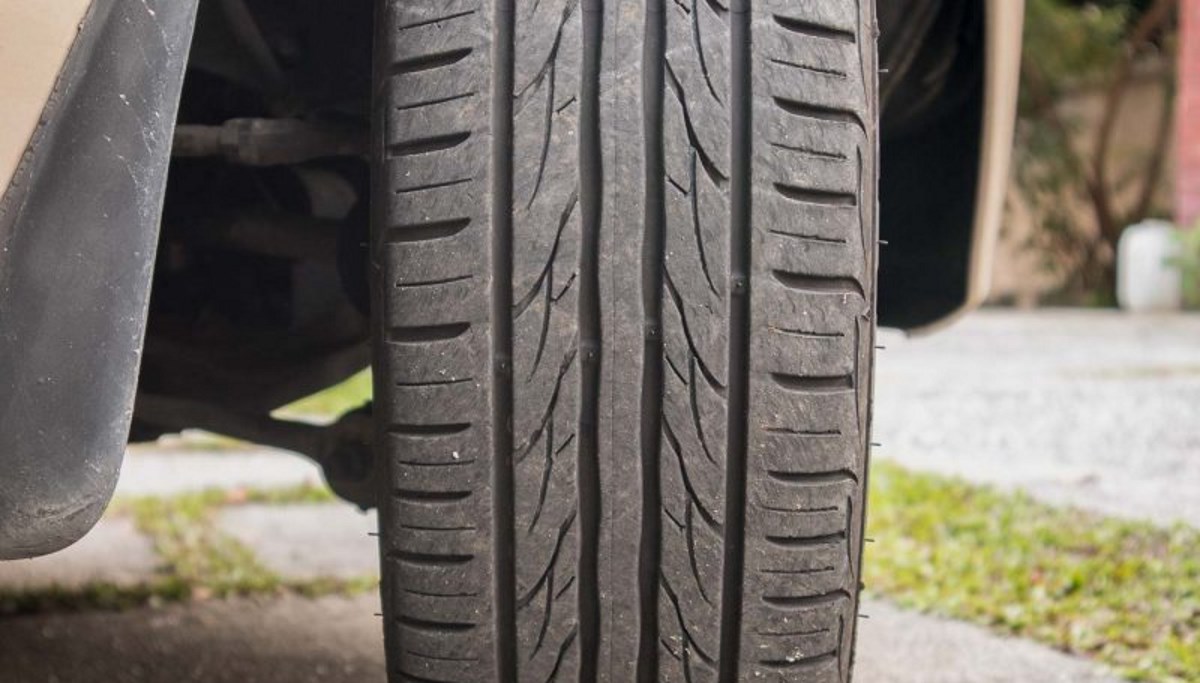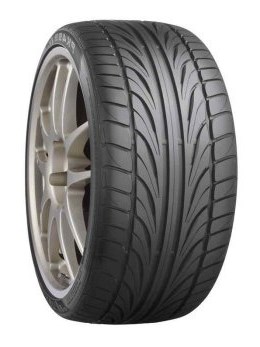What are directional tyres?
From a glance, all tyres look the same. However, there are many different types of car tyre. The most common car tyres are either asymmetrical, multi-directional or directional. If your car has directional tyres, the servicing and replacement process can be a bit more complicated. This is because they can only be rotated / interchanged vertically (i.e. from front to back) otherwise the tread pattern will rotate in the wrong direction when mounted on a wheel on the other side of the car.
Directional tyres can be identified by their arrow-like tread pattern. They will usually have a small arrow printed on the side, which tells the car’s owner which direction they are designed to rotate.
What’s the difference between asymmetrical and directional tyres?
Benefits of directional tyres:
The benefits of directional tires include:
- Improved handling: Directional tires have a tread pattern that is optimized for improved handling and stability on the road, especially in wet conditions.
- Enhanced traction: The tread pattern of directional tires can provide improved traction on wet and slippery roads, helping to reduce the risk of hydroplaning.
- Increased speed: Directional tires are often designed with a more aerodynamic shape, which can help to reduce rolling resistance and increase speed.
Symptoms of directional tyres in need of replacement:
There are several common symptoms associated with worn or damaged tyres. These include:
- Bulges on the tyre – Eventually, the outer surface of the tyre will begin to wear. This can lead to bulges that extend outwards from the tyre. When ignored, bulges can eventually lead to the tyres blowing out while you are driving. This is dangerous and can cause you to lose control of the vehicle.
- Failed WOF due to low tread depth – Tread depth is the measurement of how deep the tread grooves are. The deeper they are, the more control you have over your car’s traction. If the tread depth is below, 1.5mm, you will fail your next Warrant of Fitness.
- Car pulling to one side – A flat tire will cause your car to slide in the direction of the puncture, making it difficult to drive.
- Wheel vibrations – A damaged or worn tyre can sometimes create vibrations while driving. This can also be caused by misaligned or unbalanced tyres.
- Uneven tyre wear – A failing or incorrectly inflated tyre can will wear a lot more quickly than the others. This means that it will need to be replaced sooner.
Uneven tyre wear repairs in Hamilton
New directional tyres for your car in Hamilton
Is your car in need of new directional tyres? If so, we can help! At Grimmer Motors, our team of experienced mechanics can fit the right type of tyres for your vehicle, preventing you from having to guess what is right. A new set of directional tyres will allow your vehicle to drive more smoothly and safely, without bumps, vibrations or reduced traction.
It is important to note that directional tires must be installed with the correct rotation direction and should not be rotated from side to side, as this can compromise their performance. At Grimmer Motors, we take extra care to ensure the directional tyres are installed correctly.
For directional tyre replacement in Hamilton, contact Grimmer Motors today!


